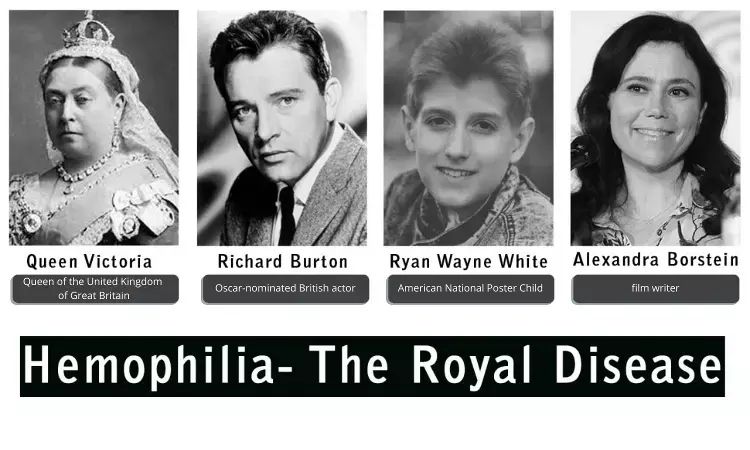- Home
- Medical news & Guidelines
- Anesthesiology
- Cardiology and CTVS
- Critical Care
- Dentistry
- Dermatology
- Diabetes and Endocrinology
- ENT
- Gastroenterology
- Medicine
- Nephrology
- Neurology
- Obstretics-Gynaecology
- Oncology
- Ophthalmology
- Orthopaedics
- Pediatrics-Neonatology
- Psychiatry
- Pulmonology
- Radiology
- Surgery
- Urology
- Laboratory Medicine
- Diet
- Nursing
- Paramedical
- Physiotherapy
- Health news
- Fact Check
- Bone Health Fact Check
- Brain Health Fact Check
- Cancer Related Fact Check
- Child Care Fact Check
- Dental and oral health fact check
- Diabetes and metabolic health fact check
- Diet and Nutrition Fact Check
- Eye and ENT Care Fact Check
- Fitness fact check
- Gut health fact check
- Heart health fact check
- Kidney health fact check
- Medical education fact check
- Men's health fact check
- Respiratory fact check
- Skin and hair care fact check
- Vaccine and Immunization fact check
- Women's health fact check
- AYUSH
- State News
- Andaman and Nicobar Islands
- Andhra Pradesh
- Arunachal Pradesh
- Assam
- Bihar
- Chandigarh
- Chattisgarh
- Dadra and Nagar Haveli
- Daman and Diu
- Delhi
- Goa
- Gujarat
- Haryana
- Himachal Pradesh
- Jammu & Kashmir
- Jharkhand
- Karnataka
- Kerala
- Ladakh
- Lakshadweep
- Madhya Pradesh
- Maharashtra
- Manipur
- Meghalaya
- Mizoram
- Nagaland
- Odisha
- Puducherry
- Punjab
- Rajasthan
- Sikkim
- Tamil Nadu
- Telangana
- Tripura
- Uttar Pradesh
- Uttrakhand
- West Bengal
- Medical Education
- Industry
World Hemophilia Day: History and Significance

New Delhi: World Hemophilia Day is observed on April 17 every year by the World Federation of Hemophilia. It is an awareness day for hemophilia and other bleeding disorders. World Hemophilia Day was started in 1989 and 17th April was chosen in honor of Frank Schnabel's birthday.
This day is observed to educate people with bleeding disorders and lobbies for improved medical treatment.
Hemophilia is a rare disorder in which the blood doesn't clot in a typical way because it doesn't have enough blood-clotting proteins (clotting factors). If someone has hemophilia, he/she might bleed for a longer time after an injury than he/she would have, if the blood clot properly.
Also Read:Gene therapy found effective in Severe Hemophilia A in Phase 3 Study in Adults
A simple bump on the head can cause bleeding into the brain for some people who have severe hemophilia. This rarely happens, but it's one of the most serious complications that can occur. Signs and symptoms include painful and prolonged headache, repeated vomiting, sleepiness or lethargy, double vision, sudden weakness or clumsiness, and seizures.
Treatment includes regular replacement of the specific clotting factor that is reduced. Newer therapies that don't contain clotting factors also are being used.
Hemophilia is almost always a genetic disorder but it can be sometimes acquired also.
Congenital Hemophilia is usually inherited, meaning a person is born with the disorder (congenital). Congenital hemophilia is classified by the type of clotting factor that's low. The most common type is hemophilia A, associated with a low level of factor 8 The next most common type is hemophilia B, associated with a low level of factor 9.
Acquired hemophilia is developed in some people with no family history of the disorder. Acquired hemophilia is a variety of condition that occurs when a person's immune system attacks clotting factor 8 or 9 in the blood. It can be associated with Pregnancy, Autoimmune conditions, cancer, multiple sclerosis, and drug reactions.
Hemophilia, a rare disease, having few but crucial cases has been a problem for a long. In the Indian context, more than 1,36,000 people have been diagnosed (by prevalence). The number is 1 in every 10,000 male births. Out of the total number, 19, 690 have been registered as Hemophilia patients.
There are some famous people who have suffered from Hemophilia. Some of them are Alexandra Borstein, Jesse Shrader, Ryan Wayne White, Queen Victoria, Richard Burton, and many more.
Queen Victoria was a carrier of hemophilia B, a disease that she passed on to two of her daughters and one of her sons resulting in high-profile royal cases of hemophilia in Russia, Spain, and Germany. Her son, Prince Leopold, died in 1884 following a fall, and through her daughter's marriages to other European royal families, other monarchs were born with the disease, including Tsarevich Alexei Nikolaevich, who was born with the disease in 1904 and ended up being wheelchair-bound due to complications.
Richard Burton was a seven-time Oscar-nominated British actor and on-off husband to Elizabeth Taylor. During his career, he starred in 61 films and 30 plays. Although Burton's hemophilia was not well-known at the time, he set up the Richard Burton Hemophilia Fund along with Taylor in 1964, according to the New York Times. He died in 1984 from a stroke at the age of 58.
World Hemophilia Day is held on April 17 every year by the World Federation of Hemophilia. It is an awareness day for hemophilia and other bleeding disorders. World Hemophilia Day was started in 1989 and 17th April was chosen in honor of Frank Schnabel's birthday.
This day is observed to educate people with bleeding disorders and lobbies for improved medical treatment.
Also Read:Novel gene therapy for hemophilia may help eliminate life-threatening bleeding events
Medical Dialogues Bureau consists of a team of passionate medical/scientific writers, led by doctors and healthcare researchers. Our team efforts to bring you updated and timely news about the important happenings of the medical and healthcare sector. Our editorial team can be reached at editorial@medicaldialogues.in.


